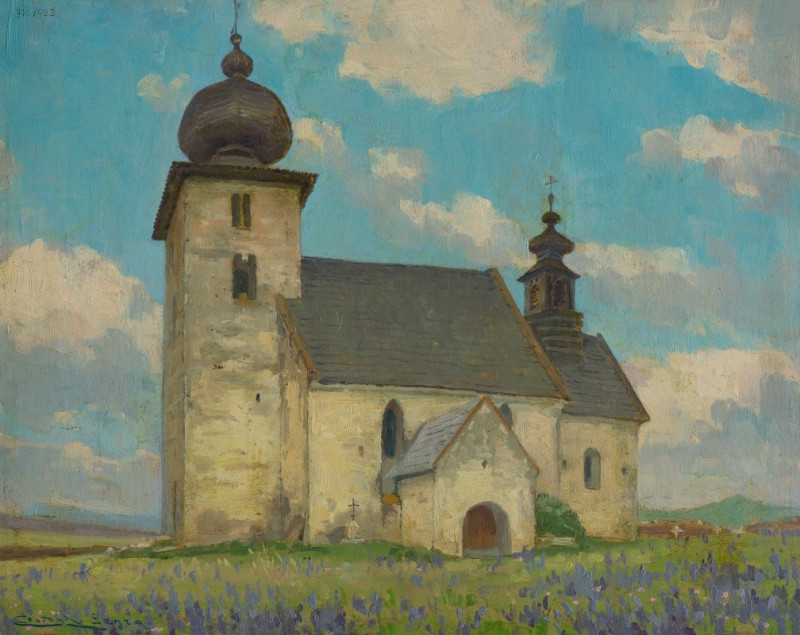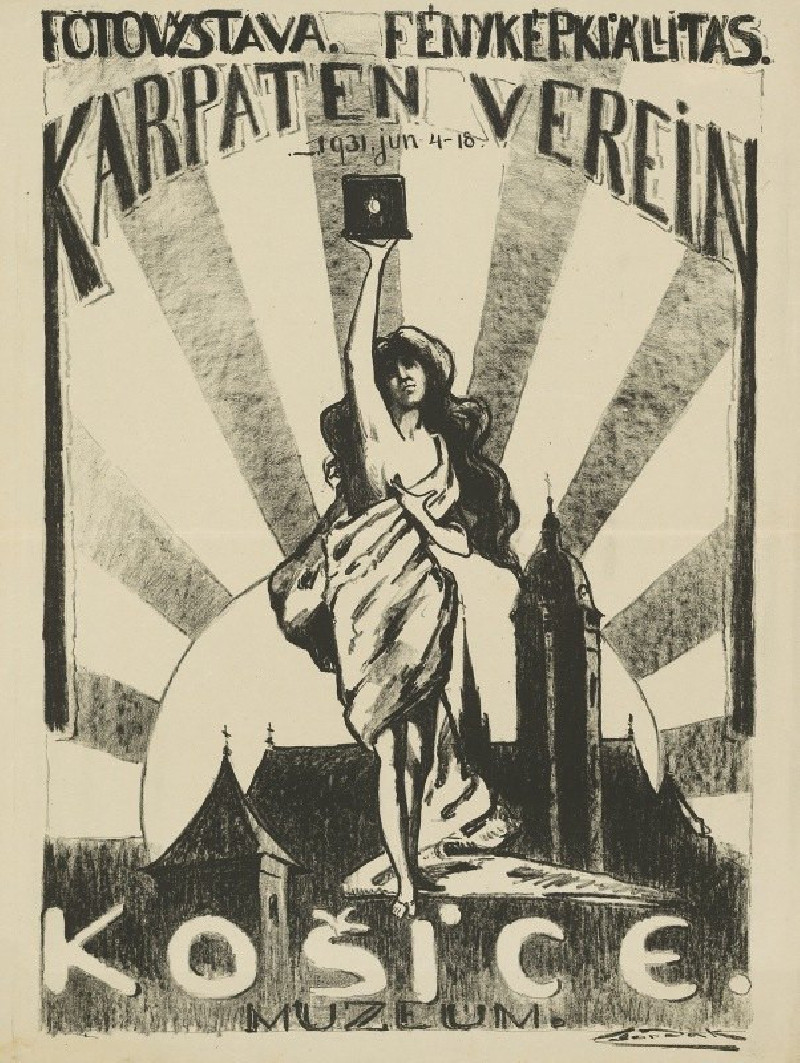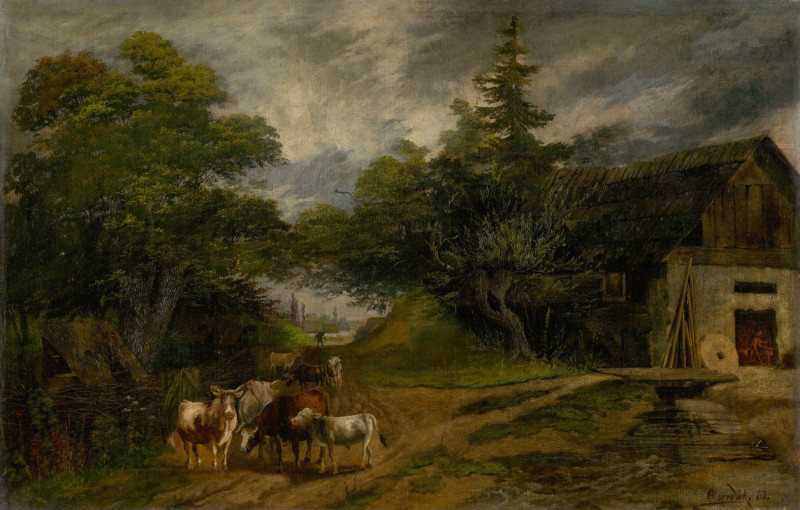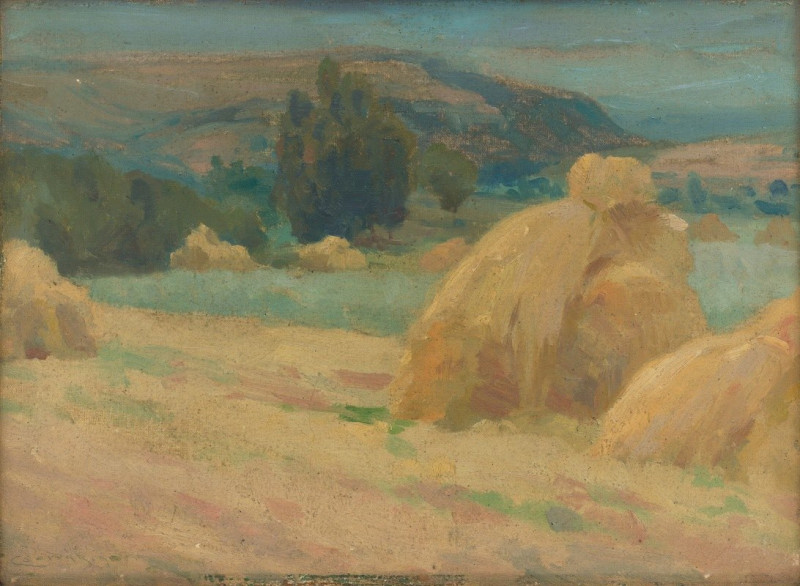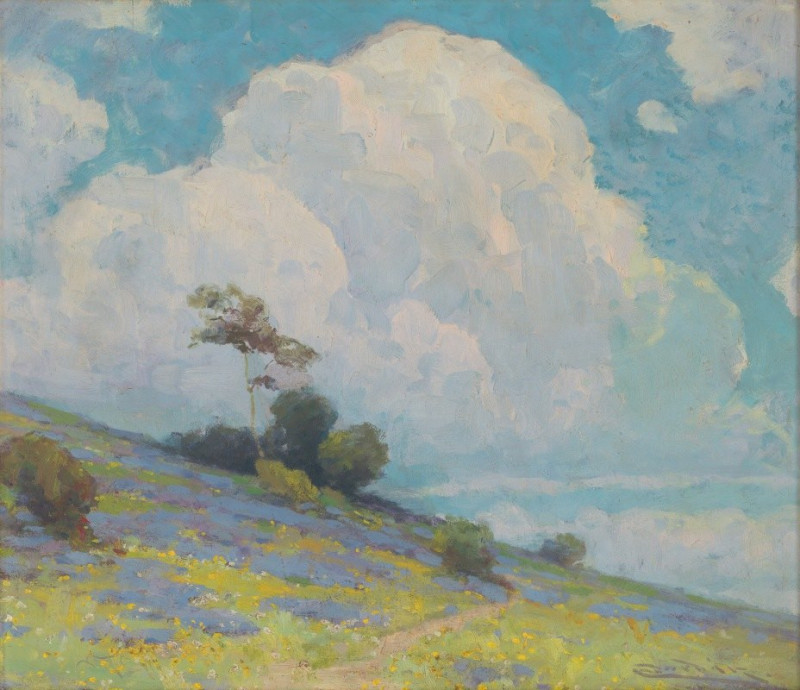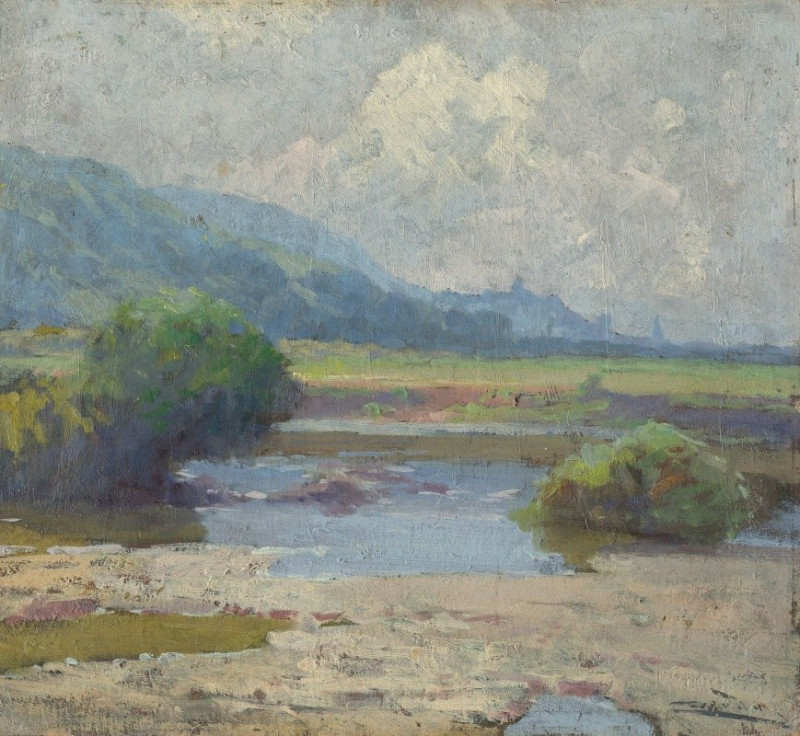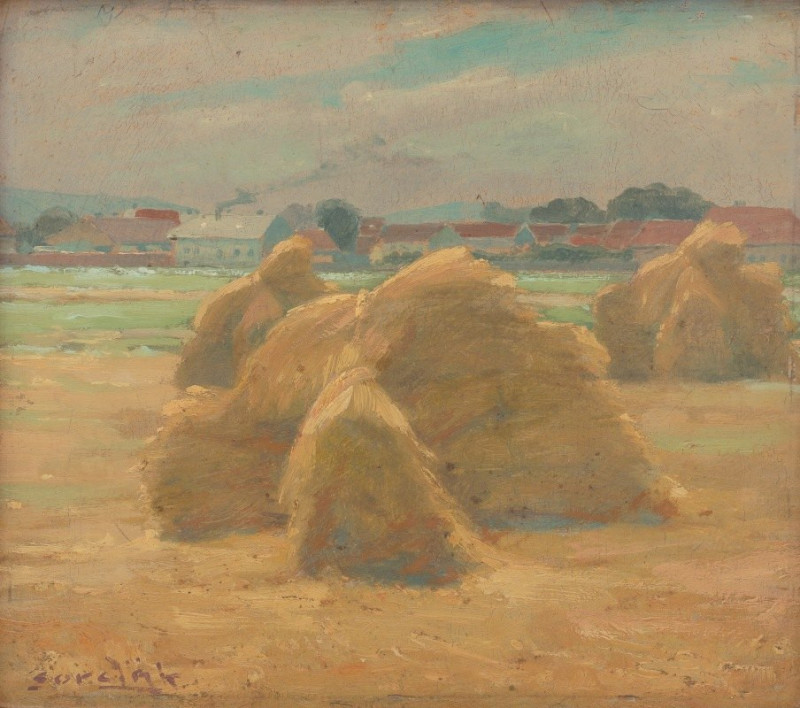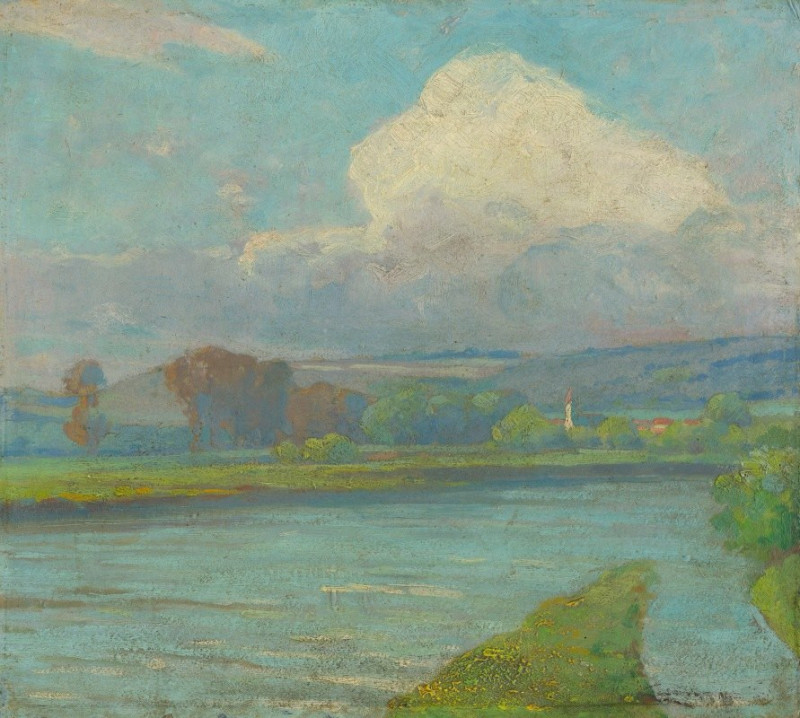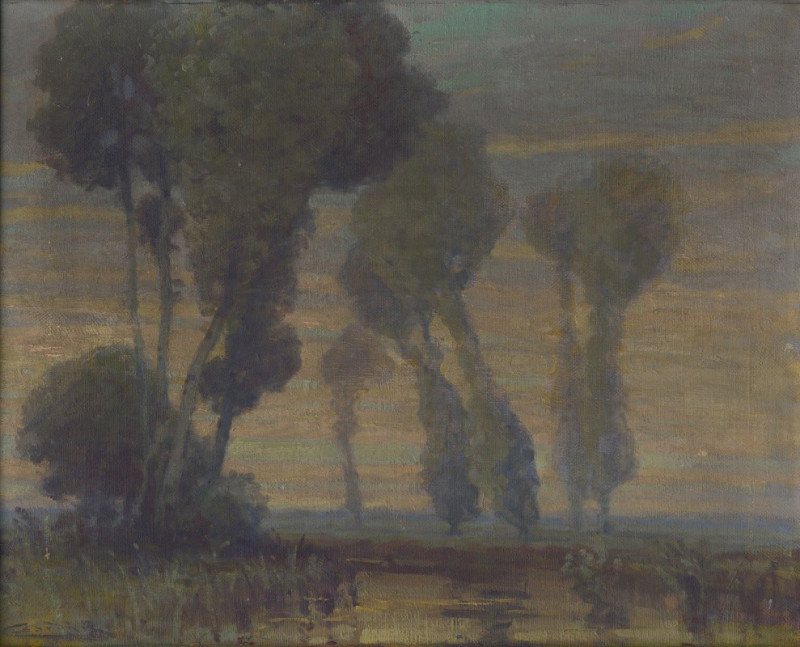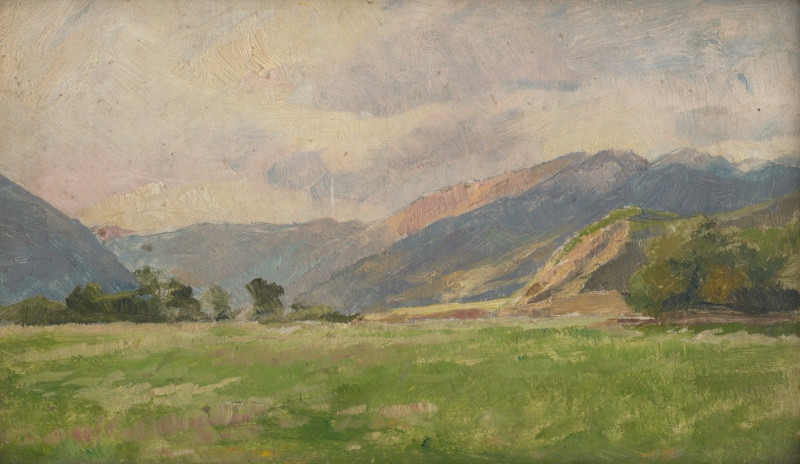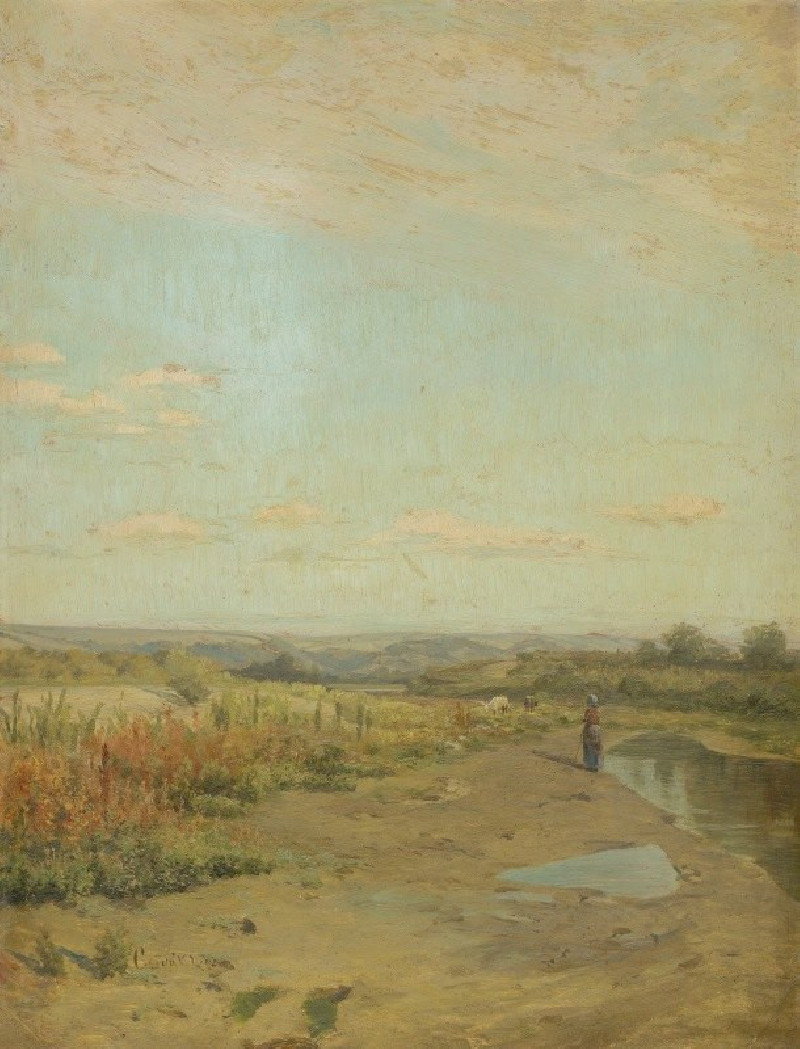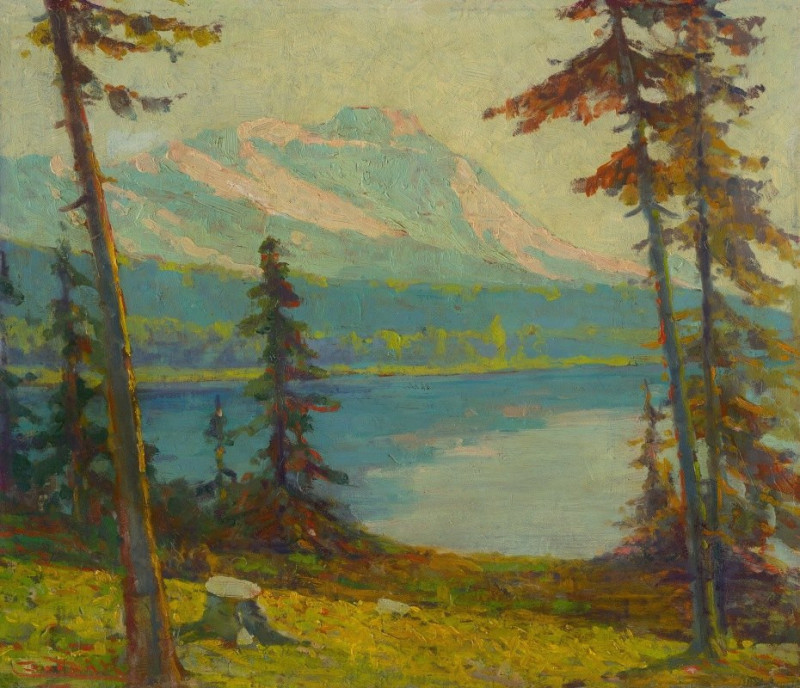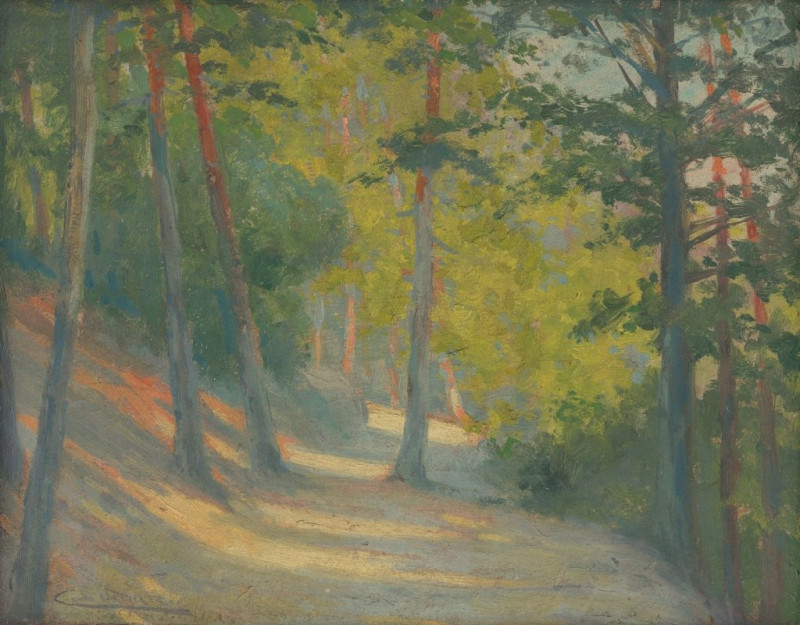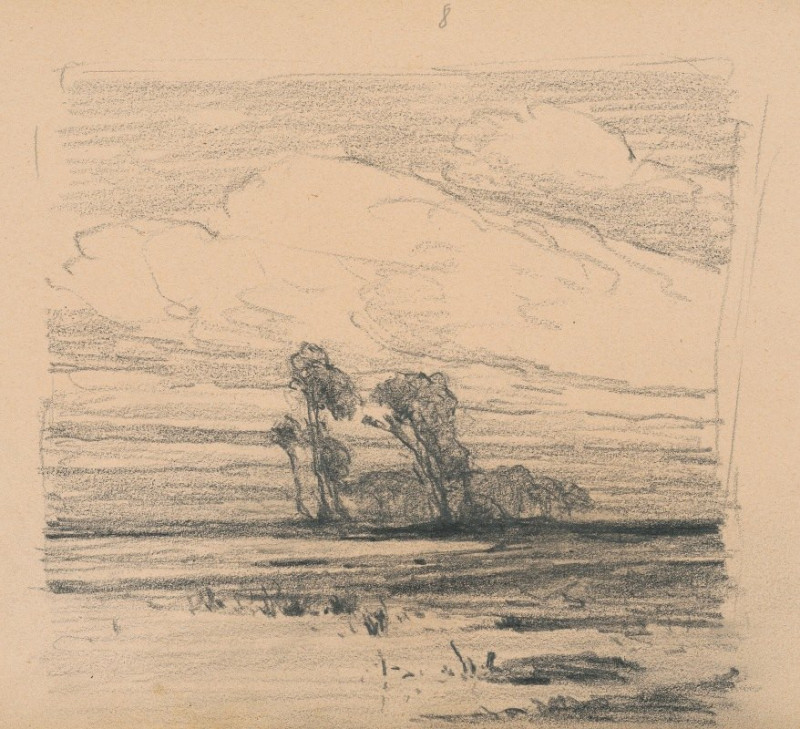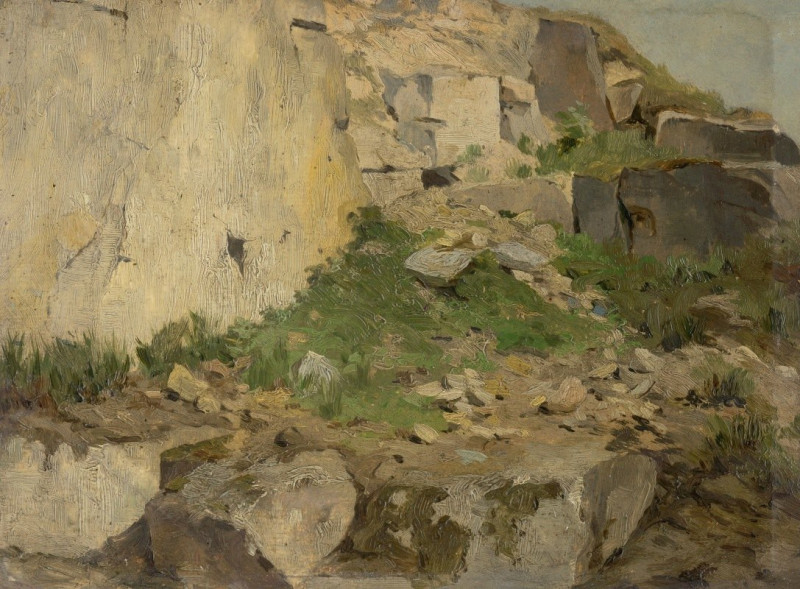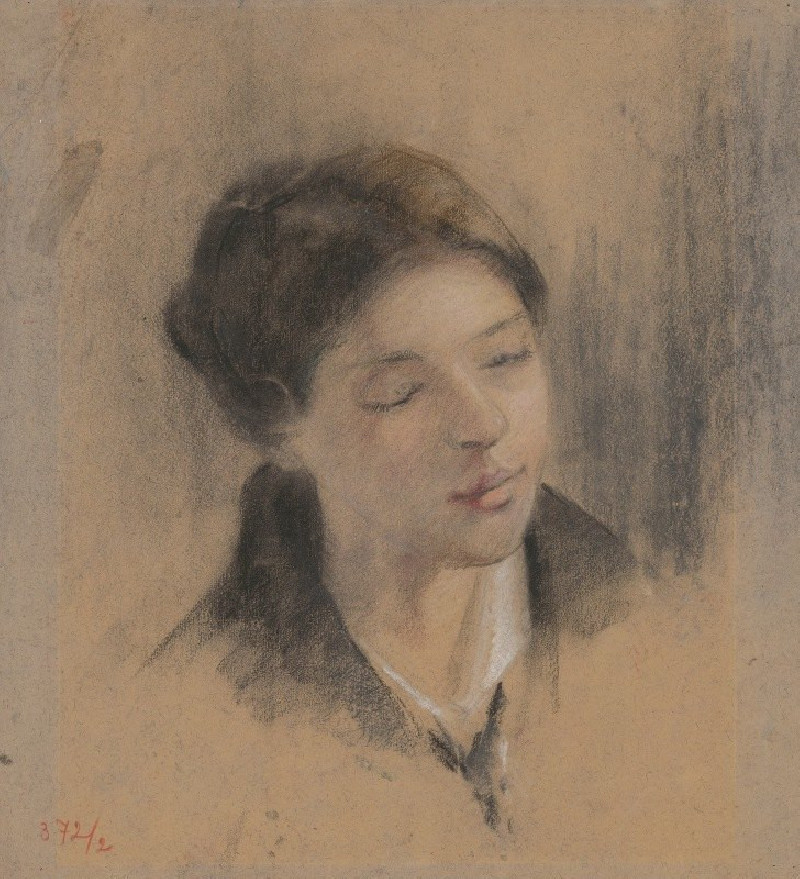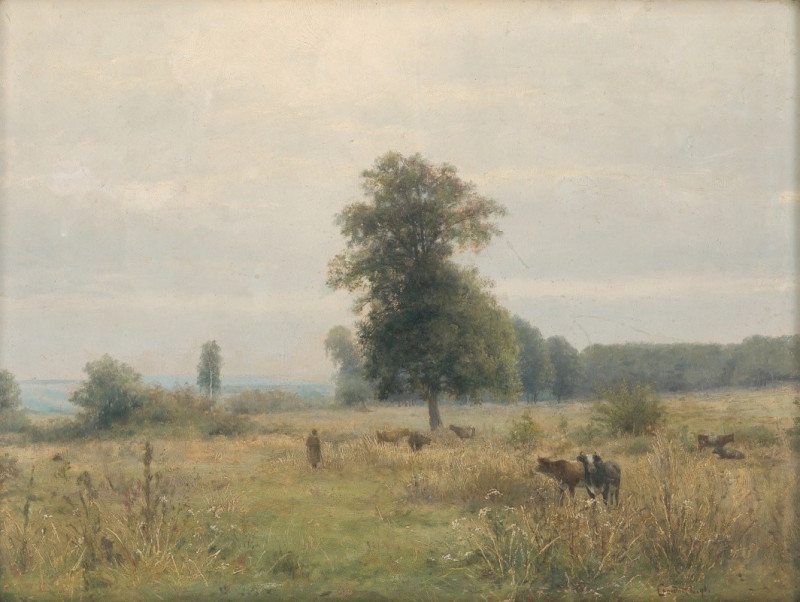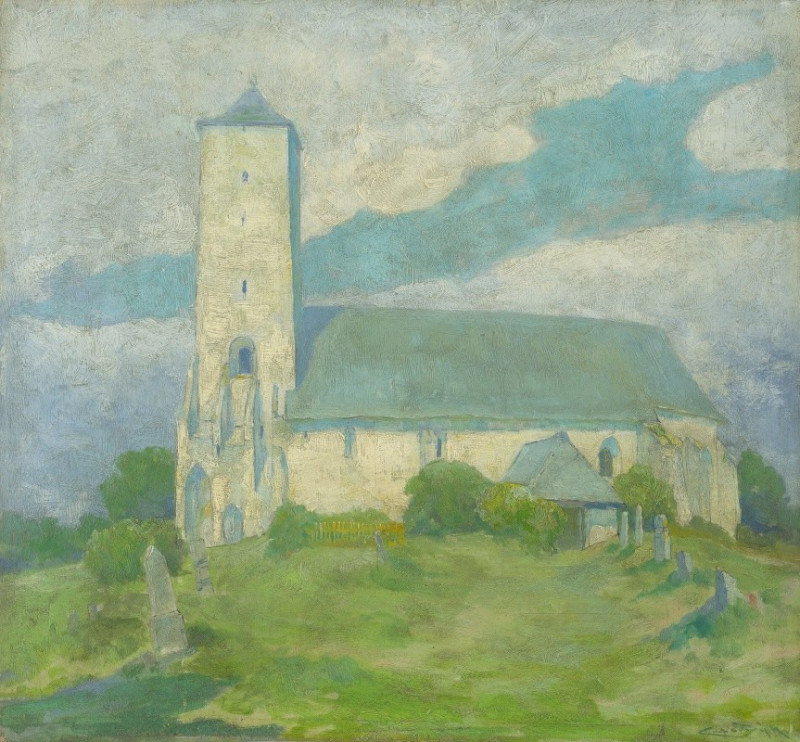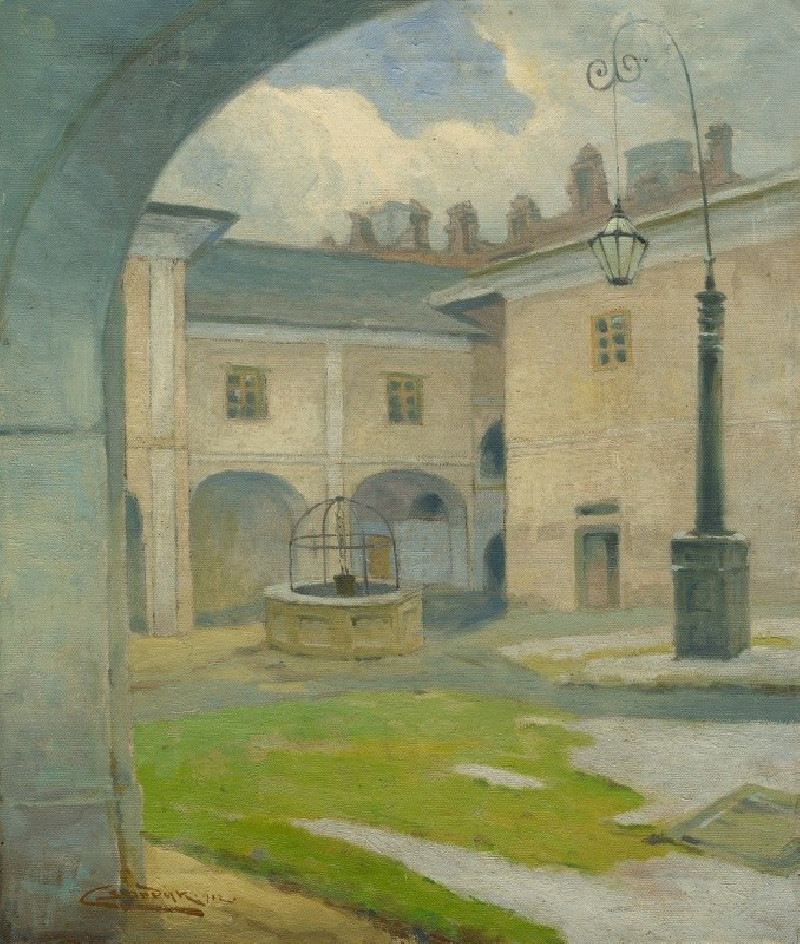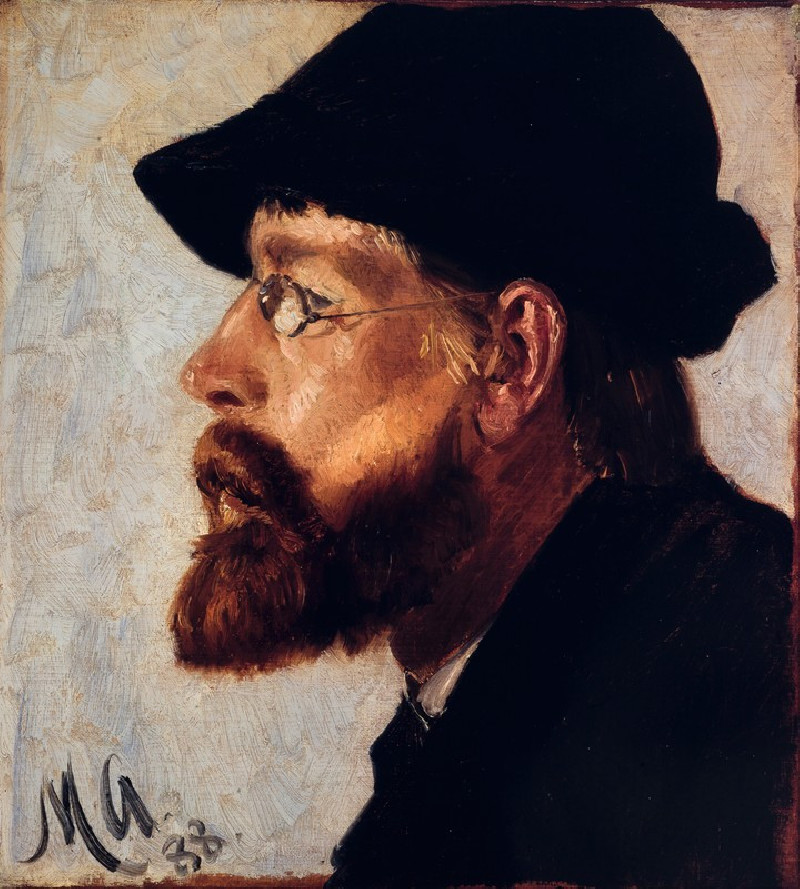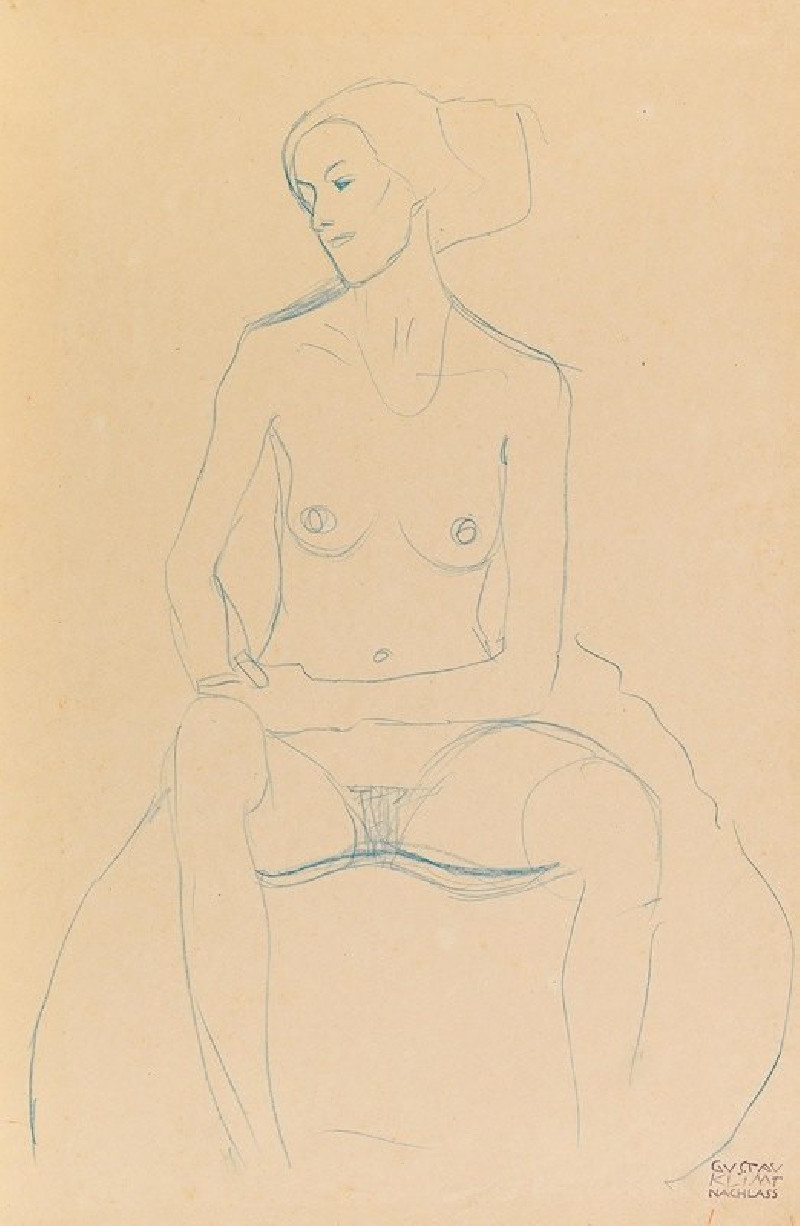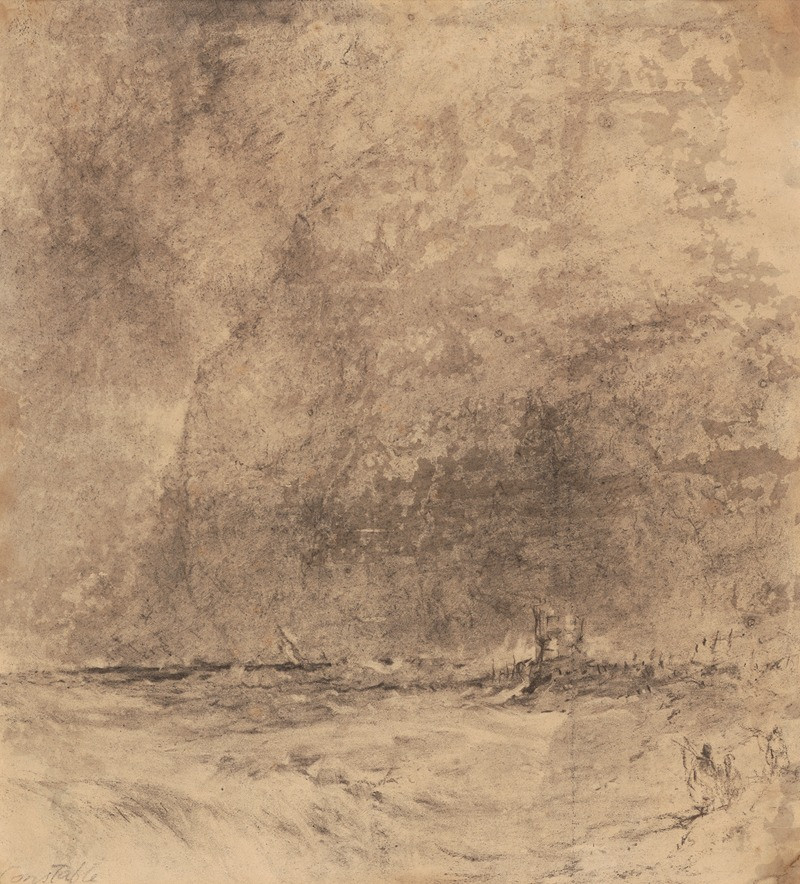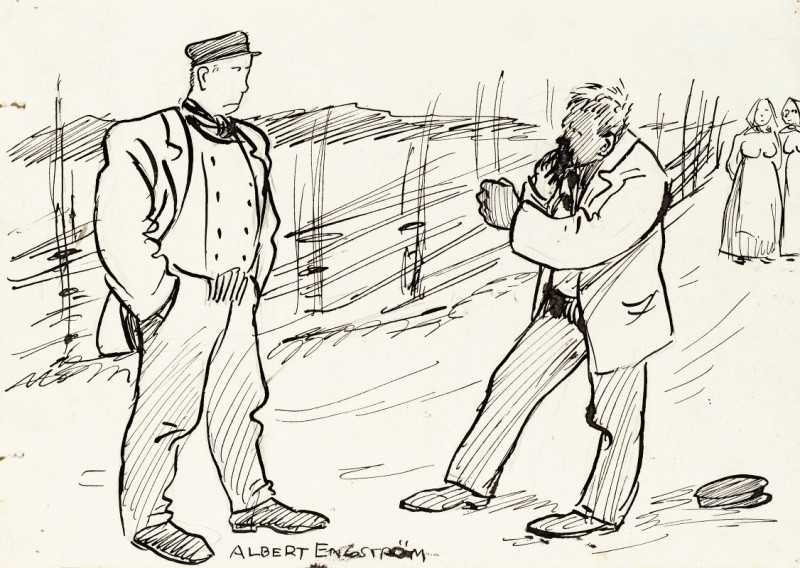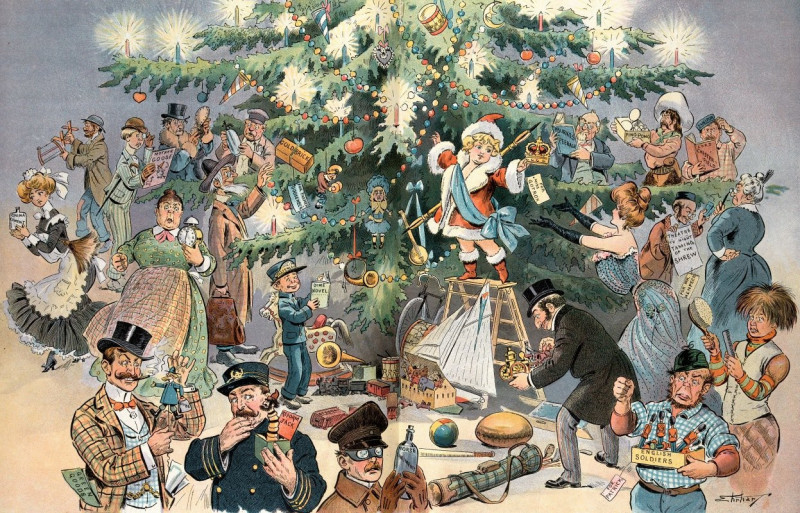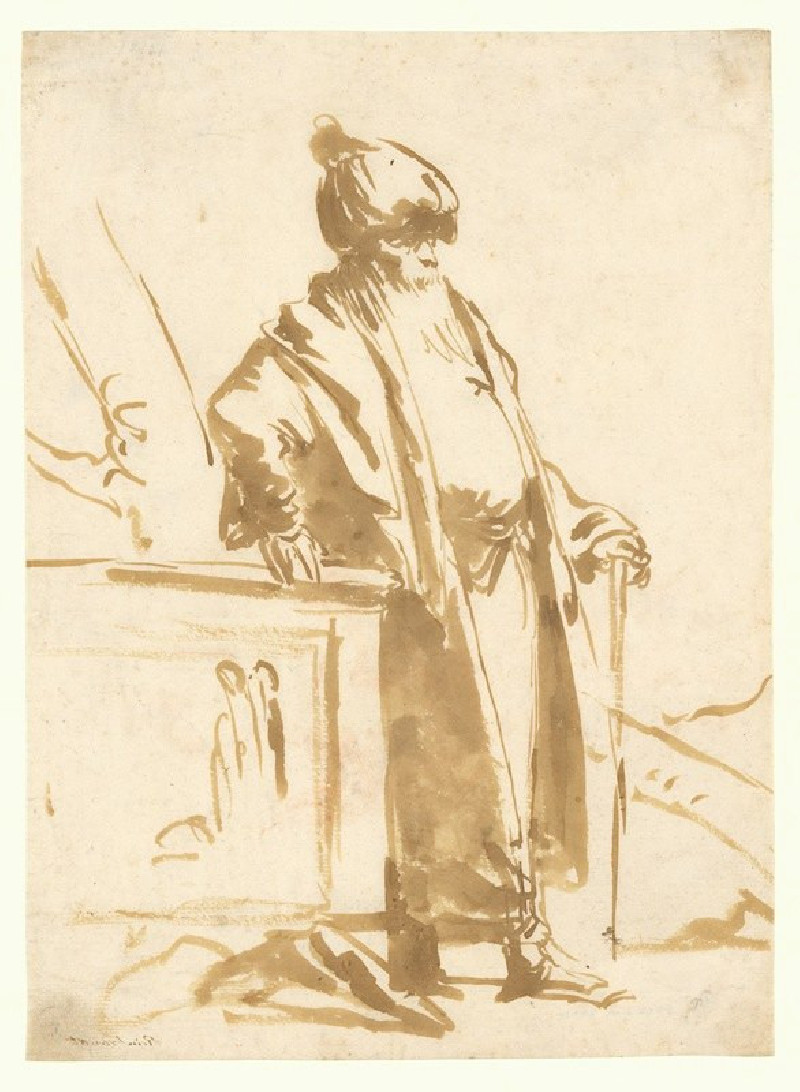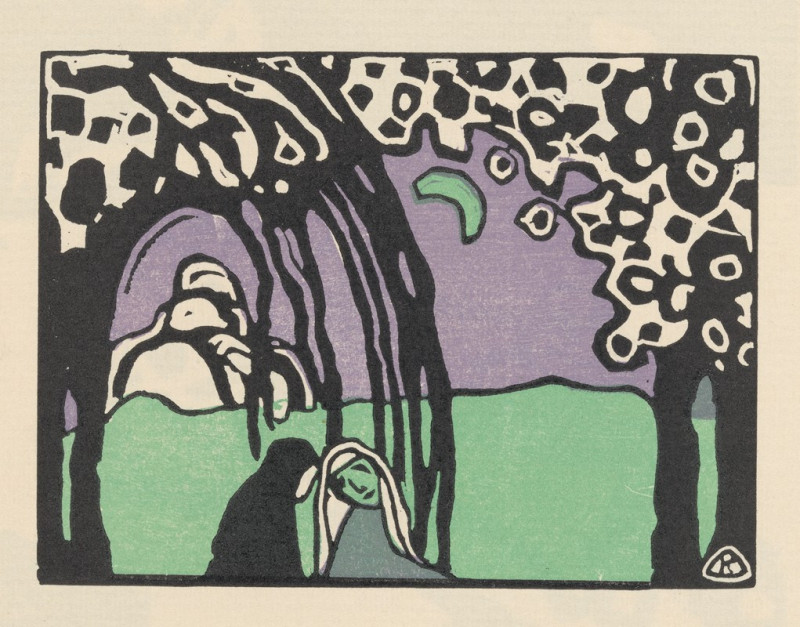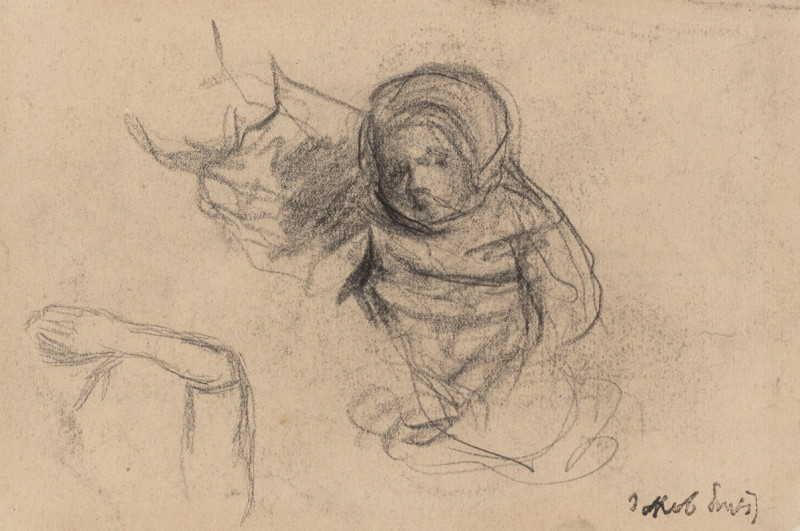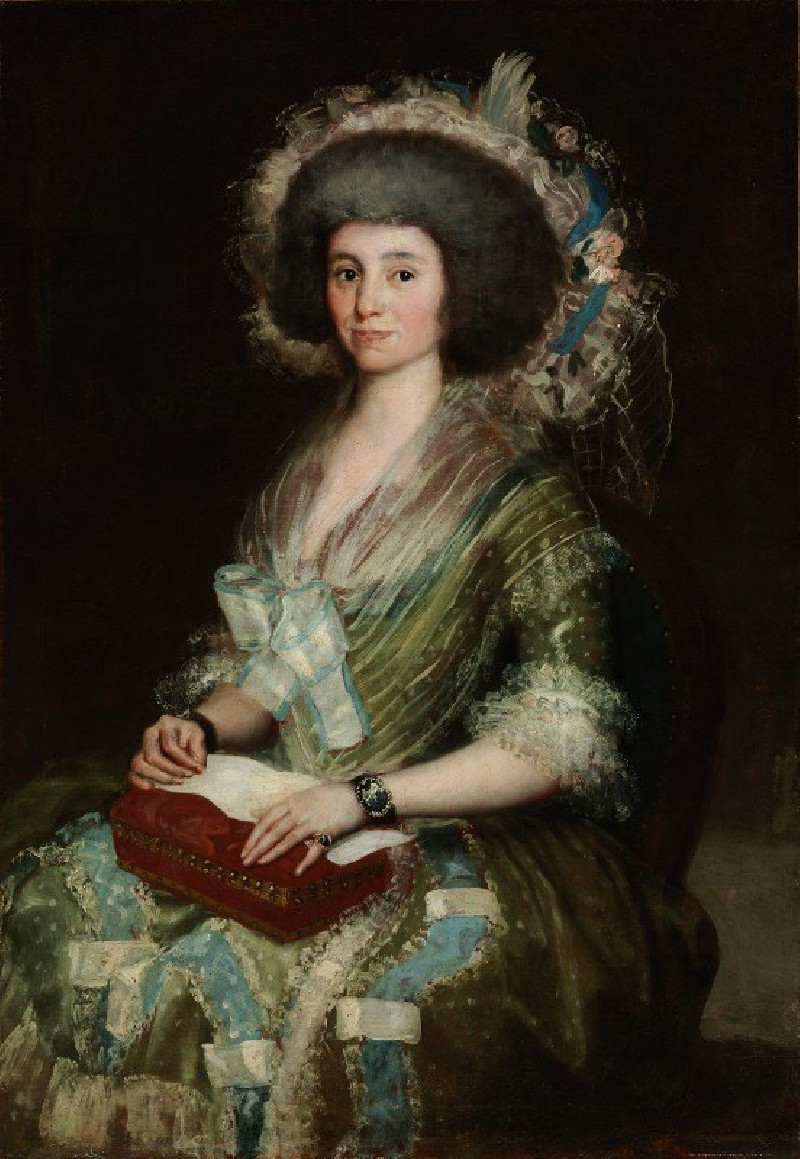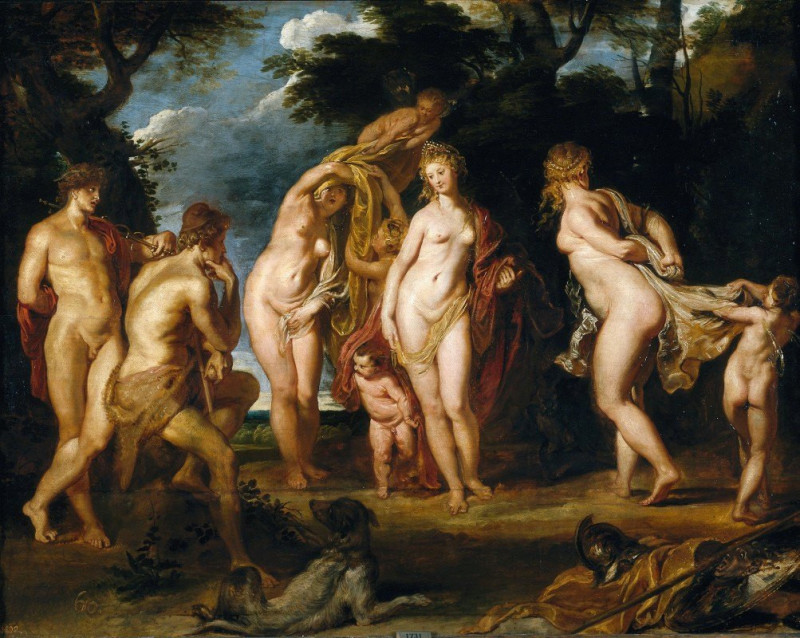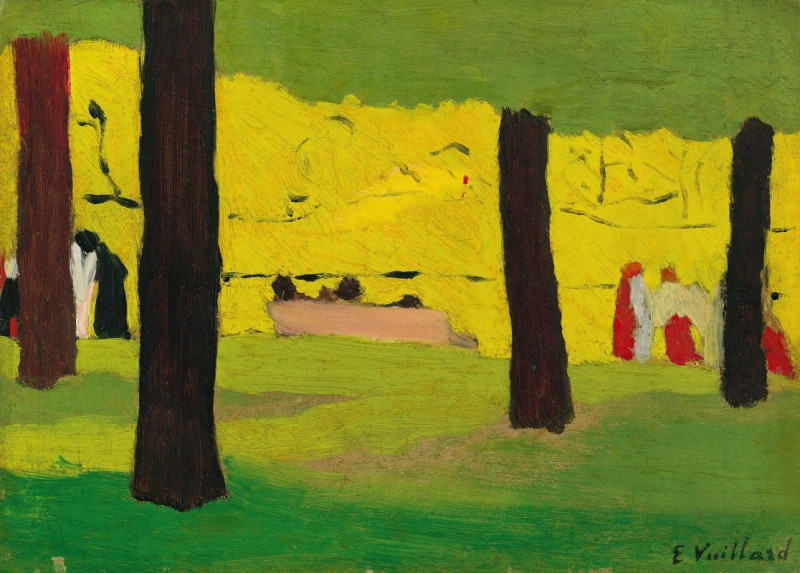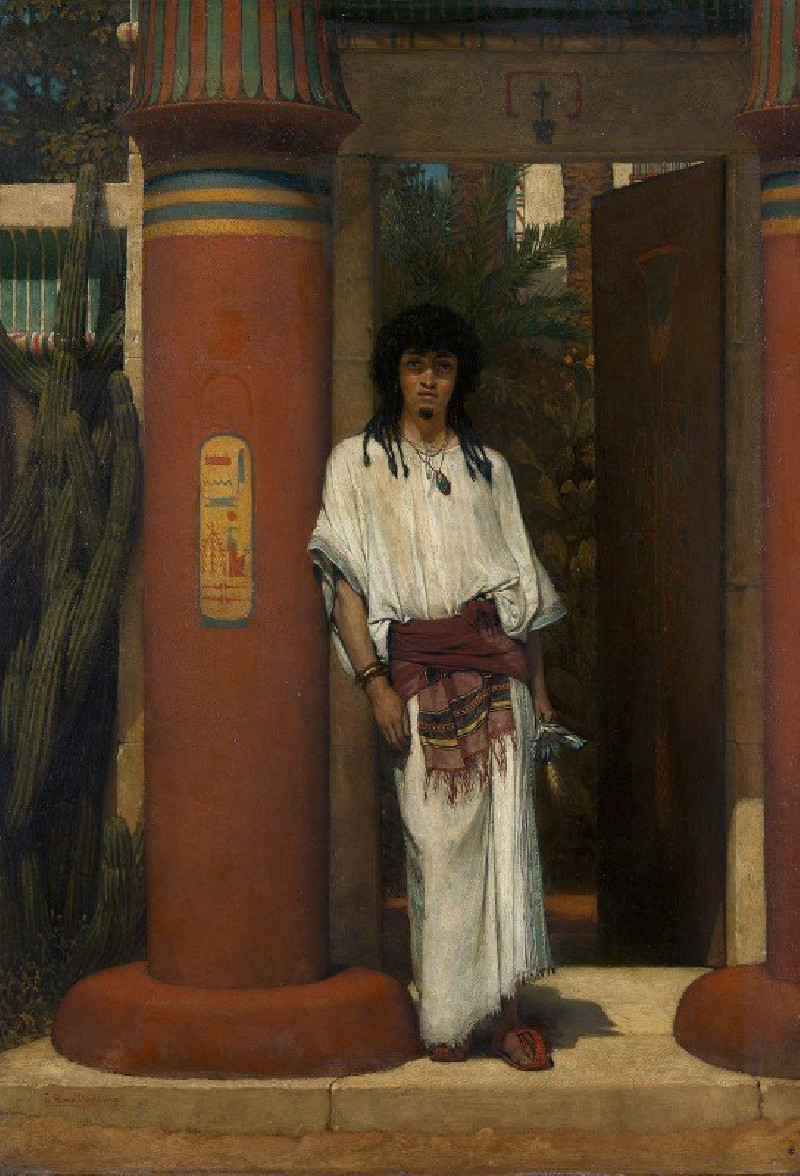Gothic church in Žehra (1912)
Technique: Giclée quality print
Recommended by our customers
More about this artwork
Ľudovít Čordák's painting "Gothic Church in Žehra" (1912) masterfully captures the serene beauty and historical depth of the iconic Gothic-style church nestled in the heart of the Slovak countryside. This charming piece, painted in 1912, exudes the tranquility and sacredness of its subject through its impressionistic style. The church, characterized by its robust stone structure and elegant architectural details, stands prominently in the lush setting.With a stroke of artistic genius, Čordák uses a palette of soft blues and earthy tones to depict the church under a vast, lively sky, suggesting a day filled with quiet contemplation and reverence. In the foreground, a sea of violet blooms adds a pop of color, enhancing the quaint and peaceful essence of the rural landscape. The interplay of natural light on the aged walls of the church tower and the delicate rendering of the surrounding flora invites viewers to appreciate the beauty of timeless architectural harmony in a pastoral setting.
Delivery
Returns
Ludwig Deutsch was an Austrian painter who settled in Paris and became a noted Orientalist artist.
Details of Ludwig Deutsch's life are obscure. He was born in Vienna in 1855 into a well-established Jewish family. His father Ignaz Deutsch was a financier at the Austrian court. He studied at the Vienna Academy of Fine Arts 1872–1875, then, in 1878, moved to Paris where he became strongly associated with Orientalism.

